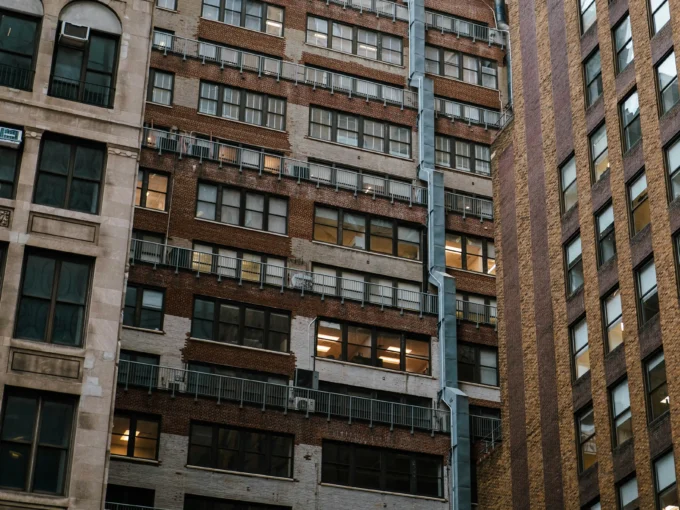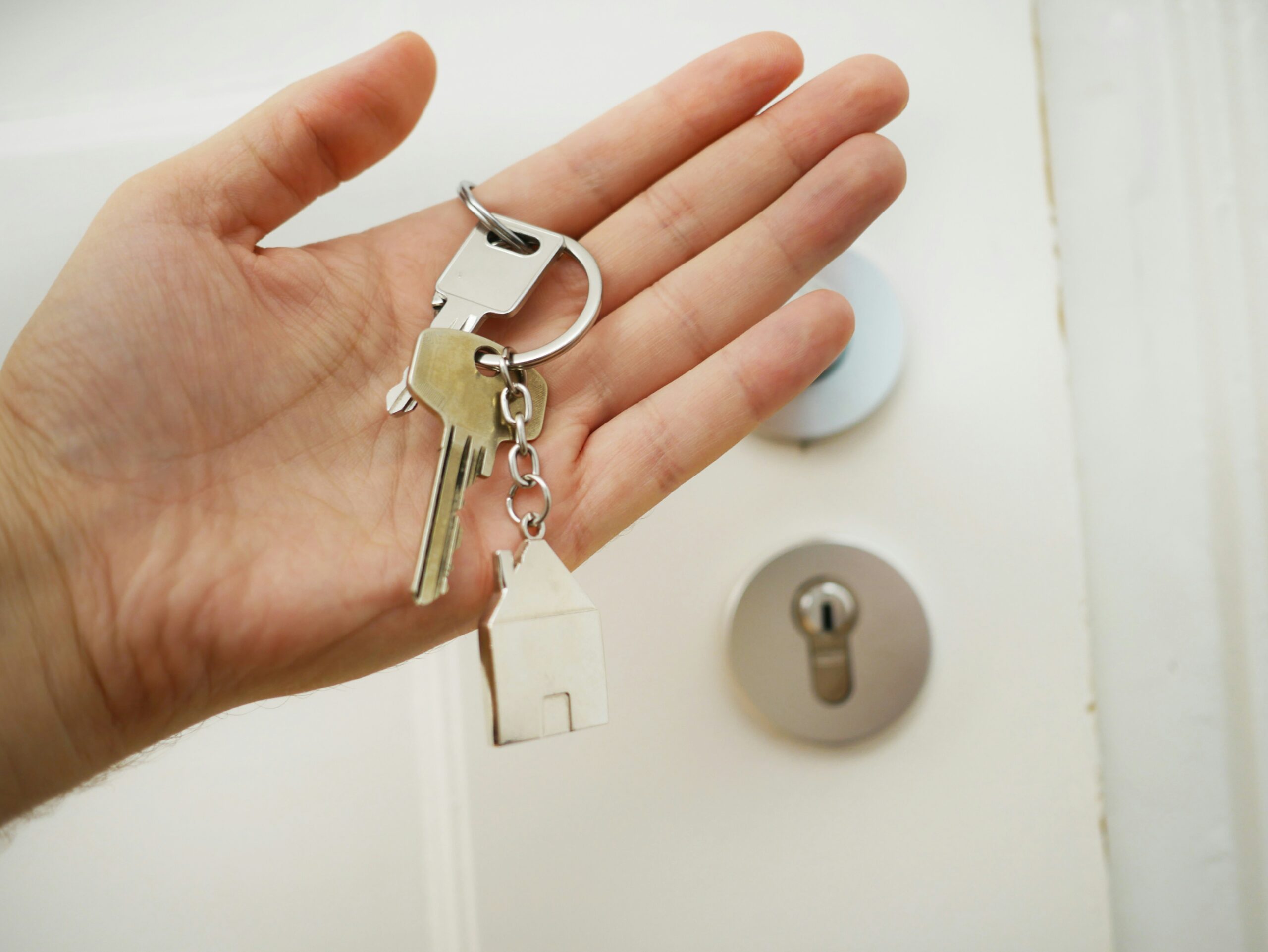- Home
- Articles
- Architectural Portfolio
- Architectral Presentation
- Inspirational Stories
- Architecture News
- Visualization
- BIM Industry
- Facade Design
- Parametric Design
- Career
- Landscape Architecture
- Construction
- Artificial Intelligence
- Sketching
- Design Softwares
- Diagrams
- Writing
- Architectural Tips
- Sustainability
- Courses
- Concept
- Technology
- History & Heritage
- Future of Architecture
- Guides & How-To
- Projects
- Interior Design
- Competitions
- Jobs
- Store
- Tools
- More
- Home
- Articles
- Architectural Portfolio
- Architectral Presentation
- Inspirational Stories
- Architecture News
- Visualization
- BIM Industry
- Facade Design
- Parametric Design
- Career
- Landscape Architecture
- Construction
- Artificial Intelligence
- Sketching
- Design Softwares
- Diagrams
- Writing
- Architectural Tips
- Sustainability
- Courses
- Concept
- Technology
- History & Heritage
- Future of Architecture
- Guides & How-To
- Projects
- Interior Design
- Competitions
- Jobs
- Store
- Tools
- More
How to Elevate Property Value With Smart Exterior Enhancements

The exterior creates the first impression, shaping how buyers and appraisers view its overall value. Therefore, thoughtful upgrades and finishes can significantly boost appeal and lead to a higher selling price. This article explores the most effective ways to transform the exterior into a lasting investment.
Table of Contents
ToggleKey Exterior Upgrades That Increase Home Value
Here are tips to transform your exterior and draw buyers to your property.
Design Functional and Aesthetic Outdoor Living Spaces
Buyers today expect more than a backyard—they look for thoughtfully designed extensions of the interior where they can relax, entertain, or work. Thus, a well-built patio, rooftop lounge, or pergola-covered seating area offers this versatility, especially when paired with durable, weather-resistant materials that match the overall design.
These enhancements turn underused exterior zones into lifestyle features. As Ken from A.D. Holmes Fence & Deck Ltd., which custom-builds decks and pergolas for residential and commercial projects, explains, “A deck with integrated lighting and planters becomes a natural gathering point, while an outdoor dining area with a shade structure adds seasonal flexibility.” Each feature creates a sense of intentional design that buyers associate with higher-quality homes.
In competitive housing markets, functional outdoor spaces can also serve as differentiators. Homes with built-in fire pits, outdoor kitchens, or even wellness-inspired features like hot tubs or yoga decks stand out during viewings and open houses.
Use Innovative and Sustainable Cladding Materials
Traditional siding often shows wear quickly and requires frequent maintenance, which can discourage potential buyers. In contrast, fiber cement, corten steel, or high-performance composite panels offer long-term durability and low upkeep. These options resist fading, cracking, and weather damage, preserving the exterior for years.
From a design standpoint, modern cladding gives the home a fresh architectural aesthetic. Sleek finishes, textured surfaces, and bold color options allow homeowners to customize the facade to reflect current trends without sacrificing performance. This design flexibility can be especially appealing in neighborhoods with similar-looking homes, where differentiation adds tangible value.
Sustainability also plays a growing role in real estate as these cladding materials are recyclable, non-toxic, or manufactured with reduced emissions. Buyers increasingly consider environmental impact in their purchase decisions, and a well-clad home signals efficiency, responsibility, and longevity.
Incorporate Smart Outdoor Lighting and Security
Traditional exterior lights provide basic visibility, but smart systems adapt to usage patterns, environmental cues, and security needs. For instance, motion-activated floodlights, pathway LEDs with ambient sensors, and wall-mounted lights that adjust brightness based on time or activity all provide targeted illumination while conserving energy.
Beyond their functional value, these systems elevate the visual character of the property. Well-placed lighting highlights landscaping, architectural lines, and facade textures, turning the exterior into a cohesive nighttime experience. When connected to a central smart hub or mobile app, homeowners gain control over timing, color temperature, and system feedback, creating a seamless blend of aesthetics and functionality.
Further, security features such as smart cameras, video doorbells, and perimeter alarms do more than deter intruders. They provide peace of mind to potential buyers who see value in added safety without the complexity of traditional systems. Visible yet discreet, these components integrate into the architecture, suggesting that the design had modern living in mind.
Integrate Responsive Facade Systems
Responsive facade systems are among the most forward-thinking architectural upgrades for homeowners looking to increase property value. These systems feature components that adjust to environmental factors such as sunlight, temperature, wind, and humidity. The facade actively manages exposure to heat and light using automated louvers, kinetic shading panels, or thermochromic materials. It reduces interior temperature fluctuations, which minimizes the need for artificial heating or cooling.

From a property value perspective, this intelligent energy regulation appeals strongly to modern buyers. Homes equipped with climate-adaptive exteriors signal technological sophistication and long-term cost savings. Responsive facades also protect interior furnishings from UV damage and extend the lifespan of HVAC systems by reducing demand.
Visually, these facades add a dynamic and high-end architectural identity to the home. Movement, depth, and material contrast turn the exterior into a visually engaging feature that stands out in the neighborhood.
Install Green Facades and Vertical Gardens
Unlike responsive facades that rely on technology or engineered materials to regulate climate, green facades use vegetation as a living design element that contributes to environmental performance and visual richness.
These systems introduce vertical layers of greenery along exterior walls or trellises, offering benefits beyond appearance. Further, green facades help insulate the building, absorb carbon dioxide, and reduce local temperatures, creating a more comfortable and energy-efficient environment.
Their impact on property value lies in their ability to demonstrate sustainability in a visible, immediate way. Buyers recognize these installations as a sign of environmental responsibility and progressive design. Additionally, the low-maintenance systems available today—using irrigation and drainage built into modular panels—make vertical gardens a realistic addition in compact or urban spaces.
Aesthetically, living facades soften sharp architectural lines and introduce seasonal variations in texture and color. They create a sense of calm and connection with nature that can influence how potential buyers emotionally respond to the home.
Modernize Entry Architecture
The entryway sets the tone for the entire home, and modern upgrades can turn a basic entrance into a design statement. For instance, a well-framed entrance with defined lines, accent lighting, and high-quality materials creates a visual focal point that suggests the interior is as immaculate. For prospective buyers, this sense of coherence and investment reinforces the idea that the property is worth a premium.
Modern entry architecture also improves function. For instance, wider doors increase accessibility, and smart locks or camera-integrated doorbells add security and convenience. Architectural canopies or recessed lighting enhance visibility while protecting from weather. Every one of these elements signals a home that is both stylish and intelligently designed.
Optimize Roof and Drainage Systems with Smart Design
A roof can do more than protect—it can contribute to efficiency and design continuity. Green roofs, for example, help regulate temperature and absorb rainwater, reducing stormwater runoff. Sloped designs with reflective or sustainable materials improve drainage while boosting energy performance.
In modern builds, drainage systems are often hidden or integrated seamlessly into the architecture, maintaining clean lines and eliminating visual clutter. These upgrades improve long-term maintenance outcomes and align with eco-conscious building standards that increase resale value.
Conclusion
When the exterior reflects thoughtful design, energy awareness, and architectural innovation, it naturally stands out in a crowded market. Buyers today want to know how a property performs and supports their lifestyle. As a result, homes with forward-thinking exterior features often command higher prices and spend less time on the market.
illustrarch is your daily dose of architecture. Leading community designed for all lovers of illustration and #drawing.
Submit your architectural projects
Follow these steps for submission your project. Submission FormLatest Posts
Simplifying Property Transactions: Your Quick Sale Option
Regardless of the reasons behind selling a property, the process can sometimes...
When Fast Decisions Cost Big: What Real Estate Teaches About Timing
In real estate, impulse moves aren’t just costly—they’re dangerous. Today, success isn’t...
Making Sure Your Rental Agreement is Fair and Clear
No matter which side of the contract you’re on, you must ensure...
A Buyer’s Journey Toward Making Real Estate Dreams A Reality
Finding the right home involves more than a simple transaction. Buyers want...












Leave a comment